The Museum of Contemporary Photography currently holds two joint exhibitions — “Birmingham, Alabama, 1963: Dawoud Bey/Black Star” and “Chicago Stories: Carlos Javier Ortiz and David Schalliol.”
Collectively and separately, these exhibits explore systematic racism and racial unrest in America through their own areas of focus and creativity.
The museum itself — 600 S. Michigan Ave. — is a rather plain white, narrow space, which makes room for each exhibit to be the sole point of attention. “Birmingham” is the exhibit closest to the entrance. Its photos are a response to the 1963 bombing of a Baptist church in Birmingham, Alabama, in which four black children were killed by white supremacists.
For his project, Dawoud Bey photographed expressionless African American children the ages of the victims when they were shot next to adults who represent how old those children they would be if they had lived to today. It is a stirring, troubling series of portraits, complemented by an abstract short film, which is rich with meaning yet tedious at times, saved by a wonderful trance-like drone. A collection of archived magazine and photographs, provided by Black Star, also give a sobering context, well worth consideration.
The “Chicago Stories” exhibit focuses on segregation in Chicago. Carlos Javier Ortiz’s nine-minute short film “We All We Got” shines a light on violence in the Chicago Public Schools. Many of Ortiz’s photos seem off-putting, due to slanted framing and blurry faces. This, however, creates a more confrontational and conversational aspect to the work, rather than something too artsy or idealistic.
Ortiz’s photos follow a starkly different strategy than their photographic counterparts by David Schalliol. He captures urban landscapes in minimalistic fashion — usually a single house, sitting in frame with the appearance of a two dimensional object. It’s a beauty that unsettles as the world around each building seems scattered, vacant, and deteriorating — even as some of the houses are falling apart, too. He’s made a feature-length documentary, “The Area,” which is also available to watch at the exhibit.
Bey’s work may be the most emotionally wrenching of what’s to see this summer at the Museum of Contemporary Photography, but Shalliol’s inspires the most thought when examined. Each simple image has some secret to share with the watchful viewer.
“Instead of seeing one peculiar building, we see the legacy and immediacy of urban transformation,” Shalliol says. “Instead of asking ‘What happened to this house?’ we ask, ‘What is causing this phenomenon?’” The exhibition isn’t necessarily set on answering that question so much as documenting it to express through art to raise awareness. There is a strange beauty in loss and tragedy.
Throughout the MoCP, there is a strong sense of respectful solemnity mixed with a bittersweet celebration of black history and culture. Both “Birmingham” and “Chicago Stories” are open until July 7, 2019.

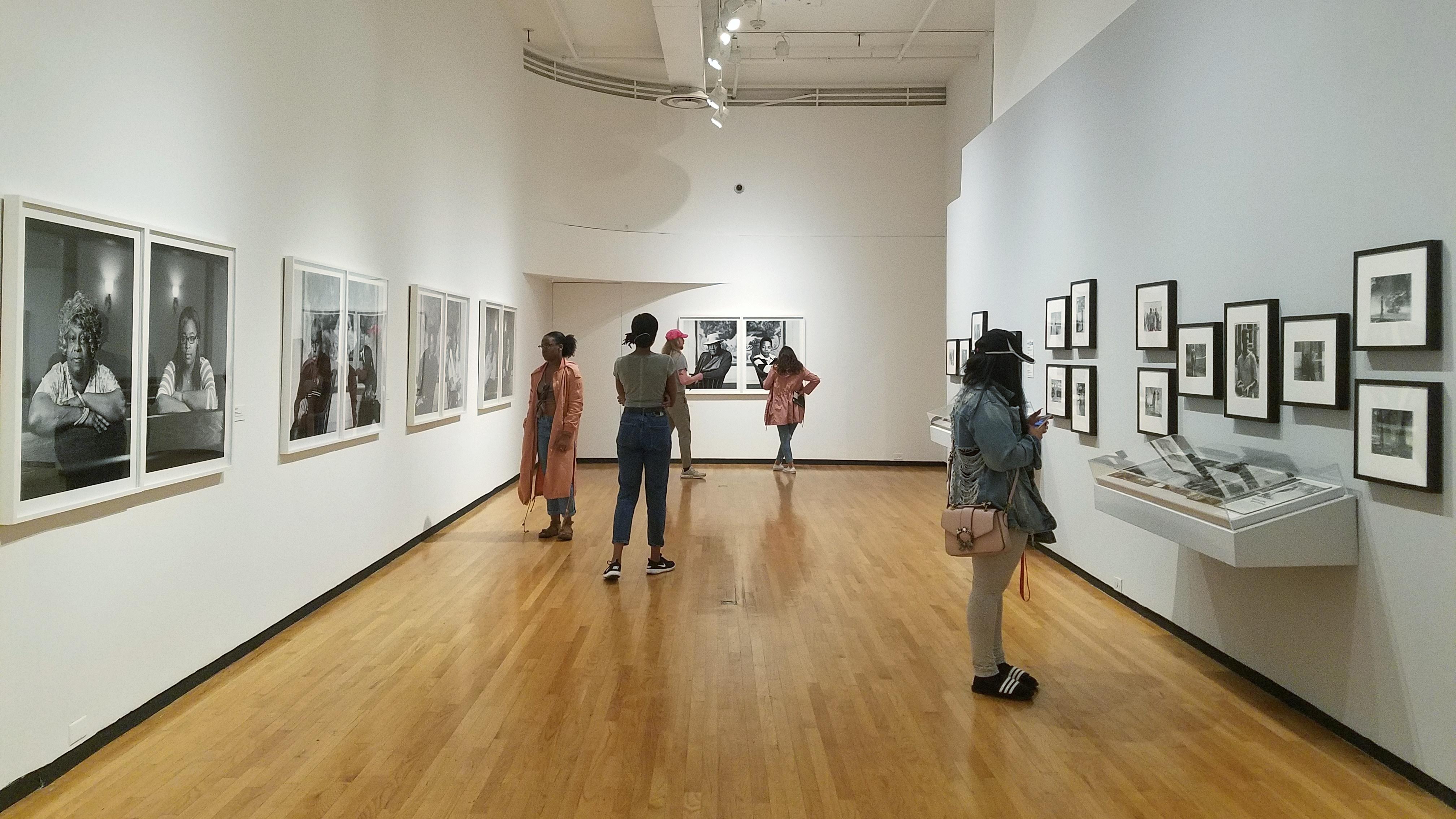
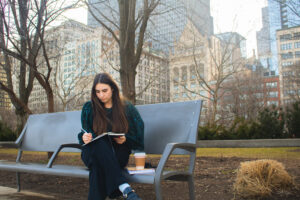

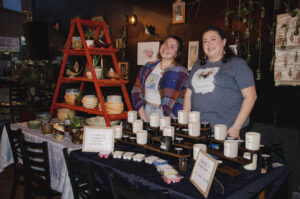
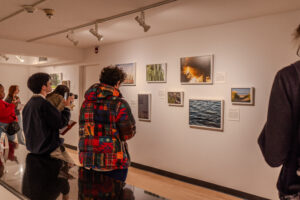
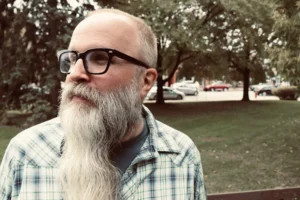

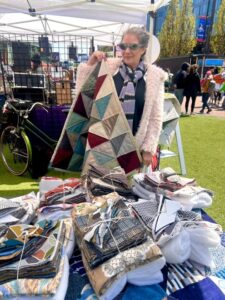
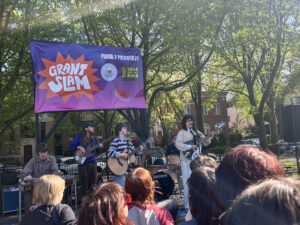

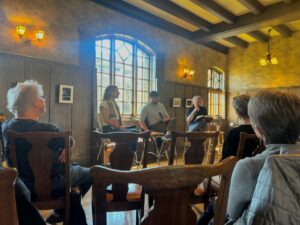
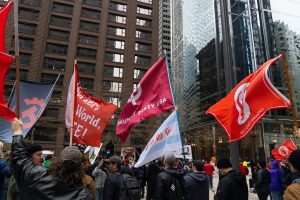
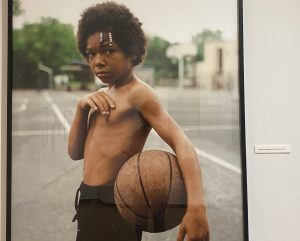
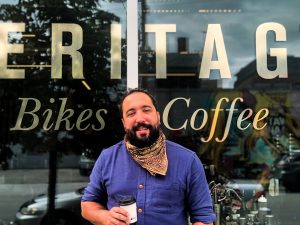
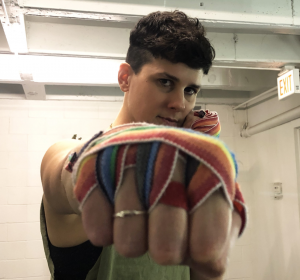
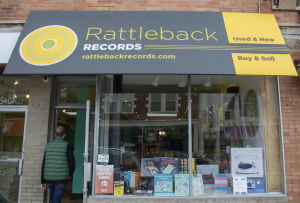
Be First to Comment